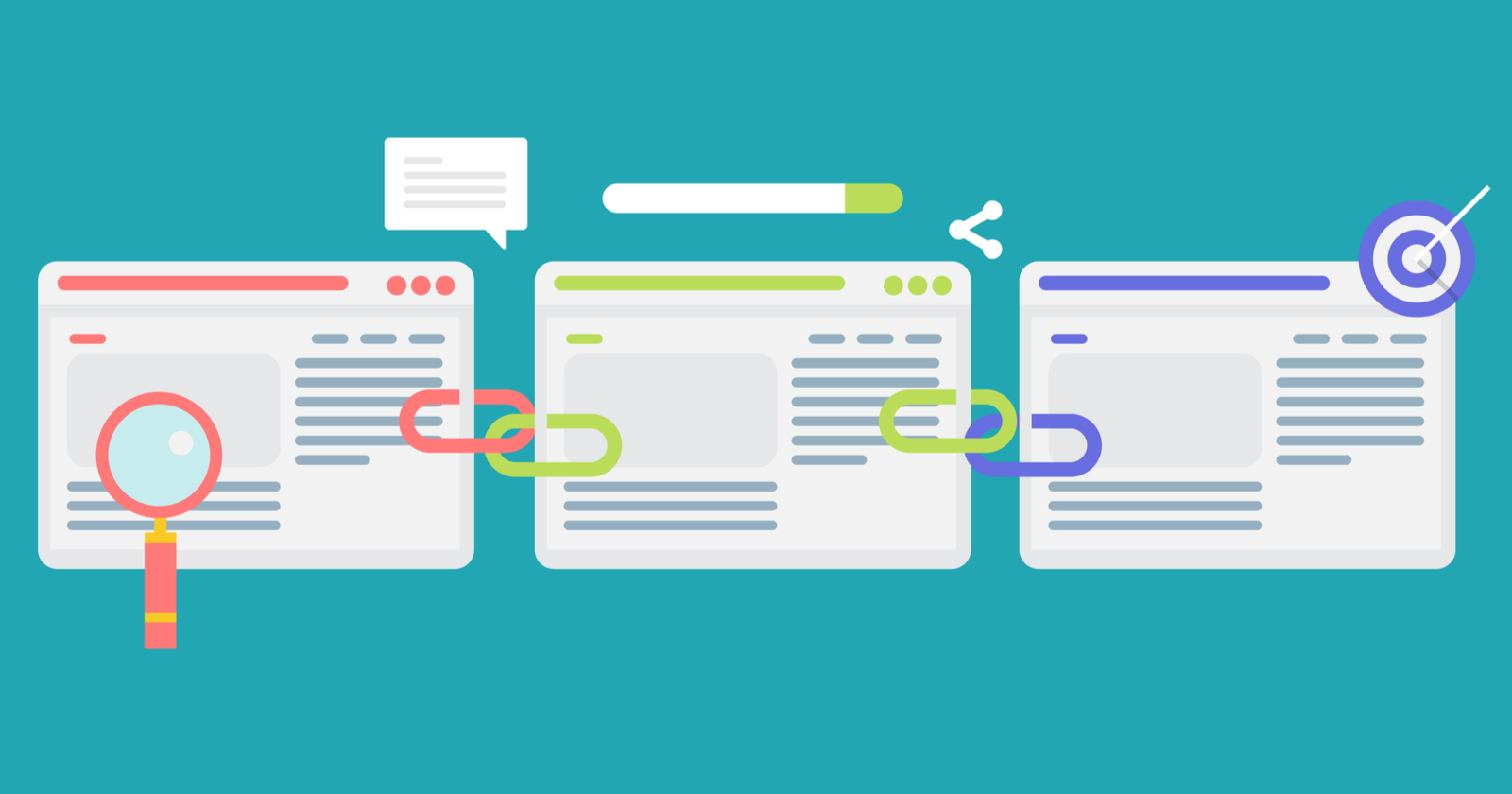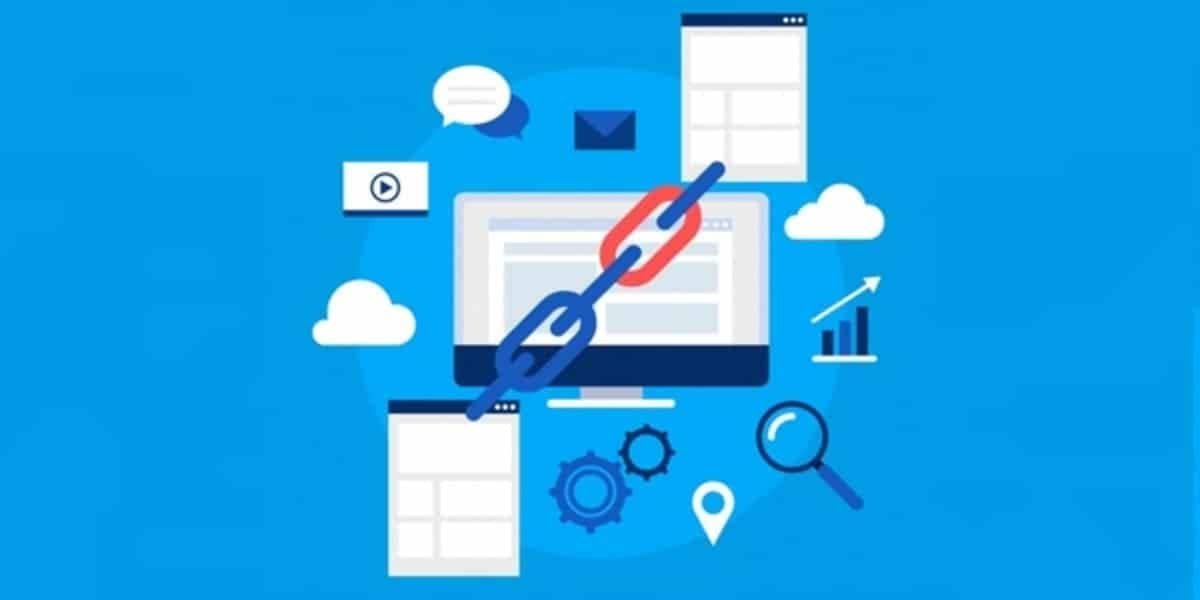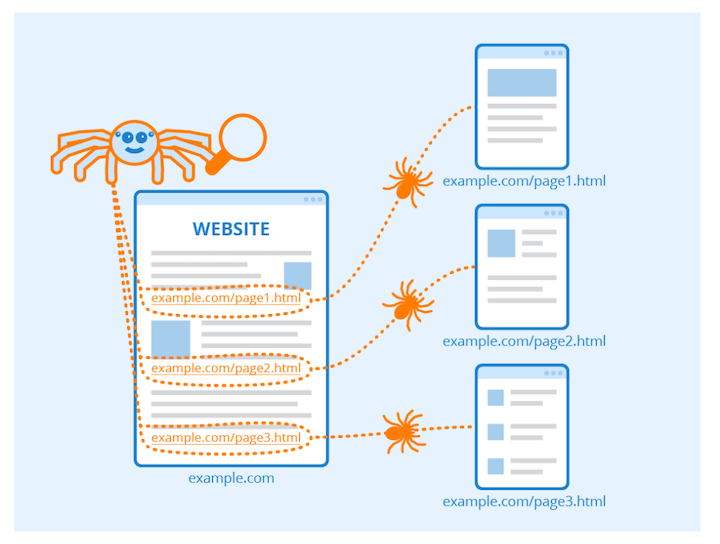Hey dude! Quick question: Are you tired of pouring endless hours and dollars into SEO, only to see your website stagnate? Well, you’re not alone. Most people are obsessed with backlinks, while neglecting the hidden gem right under their noses: internal linking.
The Backlink Lie: Why Everyone’s Doing it Wrong
Let’s face it, the SEO world is obsessed with backlinks. Everyone’s talking about Domain Authority (DA), Domain Rating (DR), do-follow versus no-follow, guest posts, and niche edits. It’s a never-ending hamster wheel of trying to get other sites to link to yours. And while backlinks are important, what if I told you that you’re missing out on a ton of traffic and revenue by ignoring internal links?
Internal Links: The Secret Weapon Google Doesn’t Want You to Know
Internal links are simply links that connect pages within your own website. Sounds simple, right? Well, it is, but its impact is far from simple. Here’s why you should start caring about internal linking, like, yesterday:
- They’re FREE! Unlike backlinks, you don’t have to pay a dime for internal links. You own your website, so you’re in complete control. No more PayPal invoices or waiting for other webmasters to publish your guest post.
- They Pass Value. Just like backlinks, internal links pass value and help Google crawl your site. Think of it as directing Google to the most important parts of your website.
- You Control Everything! You can point internal links at any page you want. Want to boost your product pages? You got it. Want to highlight your best-performing blog post? Easy peasy. The power is literally in your hands.

Shocking Story #1: $750 Budget, Zero Backlinks, and UNREAL Results
I had a freelance client with a measly $750 budget, which meant I had zero budget for backlinks. Rent was on the line, so I had to get creative. I focused on content and internal links. What happened next will blow your mind. In the first 10 months, without building a single backlink, we saw incredible results. This proves that internal links can get you results.
Shocking Story #2: 123 Keywords to #1 in 30 Days
Here’s another example. With a current client, we moved 123 keywords to the number one spot in just 30-40 days. The secret? Internal links and topical blog content. That’s it. No backlinks were built during this time. These examples are proof that internal linking is a powerful strategy.
Stop Building Internal Links Like a Fool: The Down-the-Funnel Rule
If you’ve ever heard “just build internal links,” you may have been left wondering, how? Well, the problem is that most people build internal links randomly across their sites. They link from product pages to blog posts, back and forth. This is a massive mistake because it confuses Google, dilutes value and does not move your customers closer to a purchase.
Here’s the simple rule you need to drill into your head: Build internal links DOWN the funnel: from top to middle to bottom.
- Top of Funnel: Blog posts, informational content.
- Middle of Funnel: Category pages, collection pages.
- Bottom of Funnel: Product pages, the pages that make you money.
Why This Works (and Why the Opposite is a Disaster)
- Consumer Psychology: When someone is on your product page, they’re ready to buy. If you link them to a blog post, you’re moving them up the funnel and away from a purchase. Don’t do it. Your goal is to move them closer to purchasing.
- Google’s Perspective: When you link in every direction, Google doesn’t know which pages are most important. By linking down the funnel, you’re telling Google that your money pages are the most important. Just like having more backlinks helps a competitor rank higher, having more internal links pointing to key pages will also help.
- Keyword Cannibalization: Linking back and forth between a blog post and a product page targeting the same keyword creates a keyword cannibalization issue. This is when Google cannot tell which page to rank and ranks neither of the pages or the wrong page.
- More Money, Less Traffic?: If you link haphazardly, you might get traffic but you won’t make money. By linking down the funnel, you’ll focus your efforts on pages that will actually convert.

The 12 Commandments of Internal Linking (aka the Secret Sauce)
This is the exact framework used by an agency to increase organic revenue. It’s a detailed guide to ensure your internal links are working as hard as possible.
- Blog to Money Pages, Never the Reverse: Always link from blog posts to collection or product pages, but never from collections or products back to blog posts.
- First Link = Money Link: The very first internal link in every blog post should point to the focus collection or product page. This is your most valuable link. Make it count, placing it in the first 100-200 words of the blog post.
- Lateral Links are OKAY: After the first money link, add 3-5 lateral links to other relevant blog posts within the same topic cluster, using descriptive anchor text.
- Backlink Value Flow: Internal links help distribute the value from backlinks to other pages on your site. This helps your blog posts to rank higher.
- Same Tab, Always: Set up internal links to open in the same tab. External links should open in a new tab.
- Do-Follow or Bust: All your internal links must be do-follow. Otherwise, all this work is for nothing.
- Lateral Links in Collections: You can also build internal links laterally within collections, using descriptive anchors.
- Sub-collections are Better: If you have sub-collections, link from top-level collections to more specific sub-collections. These are more likely to convert.
- Product Pages Are the End of the Line: Don’t link away from product pages unless you are upselling. The user should be able to convert here.
- Descriptive Anchor Text: Use anchor text that accurately and succinctly describes the target page. Aim for 2-4 words. Vary your anchors. Don’t use the same anchor text repeatedly.
- No Branded Anchors: Don’t use branded anchors for internal links. It’s a waste of words because users are already on your site.
- Link Once: Never link to the same target page more than once from the same source page. The first link is the only one that matters.
Anchor Text Mastery: The Art of the Click
Anchor text is the clickable text in a hyperlink. Use descriptive anchors.
- Variety is Key: Don’t use the same anchor text every time. Create a list of 5-10 anchor variations for each page and cycle through them.
- ChatGPT to the Rescue: Use ChatGPT to generate keyword variations for your anchor text. It’s fast and easy.
- Keep it Short: Aim for 2-4 words for internal link anchors.

The Money Pages Are Your Priority
The primary goal of internal linking is to transfer value to your money pages.
- Homepage Links: Important money pages should have a link from the homepage.
- Top Traffic Pages: They should also have links from your top traffic blog posts.
- Link from High Value Blogs: If you have a blog that’s doing really well and has a lot of backlinks, link from it to important pages.
Conclusion
Internal linking is the secret weapon that so many people are sleeping on. By following this framework you can optimize your site for conversions, not just traffic. If you’re ready to stop wasting time and start making more money, start optimizing your internal links today.
FAQs
Do internal links really work as well as backlinks? Yes, internal links work, but they are not all equal. An internal link from your highest traffic page is more valuable than one from a low-traffic page. An internal link from Forbes, for example, is far more valuable than one from your site. However, your internal links are always free and you always have complete control.
Can I link from a product page to a blog post if it provides helpful information? No, you should generally not link from a product page to a blog post. This moves customers up the funnel and away from purchasing. Your goal is to move them closer to a sale. Link down, not up.
How many internal links should I build per page? Focus on having one key money link at the beginning of each blog post. After that, add 3-5 lateral links to other relevant blog posts. Don’t overdo it. Do not link to the same target page more than once per source page.

